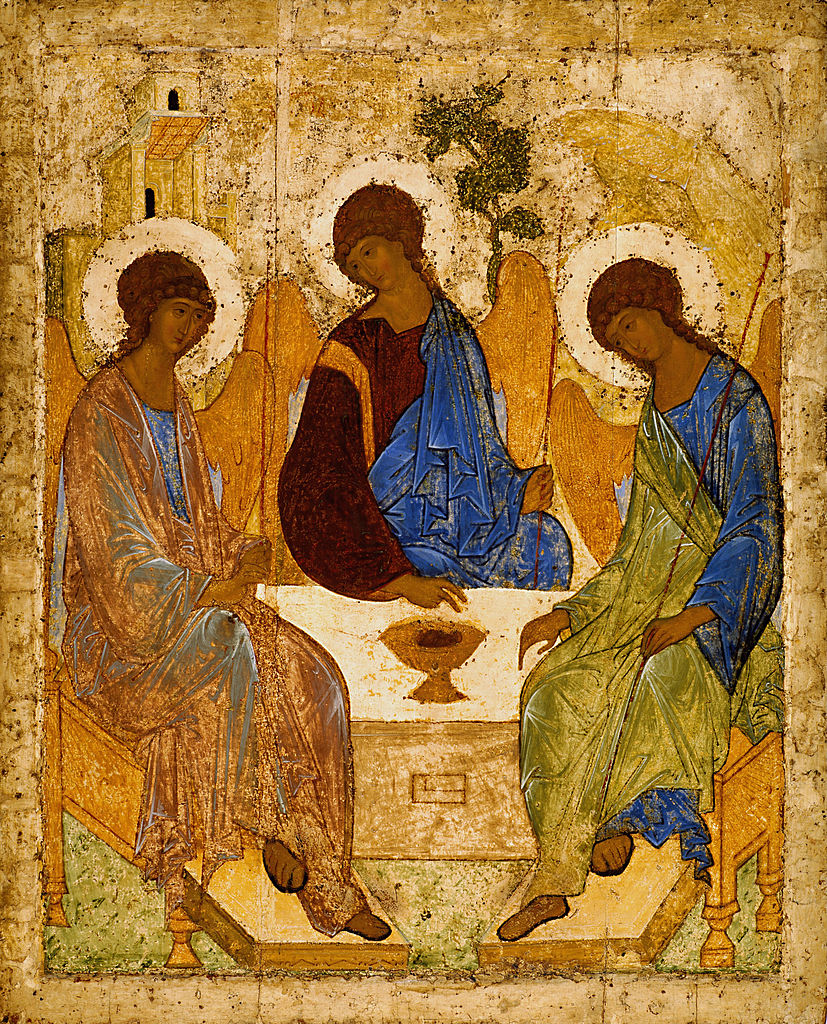Moscow school of icon painting

Moscow school of icon painting
The Moscow School of Iconography is one of the main schools of late medieval Russian iconography and fresco painting, which flourished in Moscow from 1400 to the end of the 16th century. This school replaced the Novgorod school as the dominant Russian school of painting and eventually laid the stylistic foundation of the national art. Its emergence coincided with the rise of Moscow as a leading force in the expulsion of the Mongols and the formation of a preference for abstract spiritual expression.
Key figures include Theophanes the Greek, born and educated in Constantinople, who moved to Moscow around 1400, bringing with him a complexity of composition and expressive figures. His most notable follower, Andrei Rublev, a monk, created paintings of remarkable spirituality and grace, focusing on subtlety of line and luminous color. Another significant artist was Dionysius, whose work reflected the growing prestige and sophistication of Moscow, and whose compositions emphasized mystical rather than dramatic content.
The influence of the Moscow school continued until the mid-16th century, thanks to special instructions from the Russian Orthodox Church, which led to a deeper interpretation of traditional subjects. By the end of the sixteenth century, however, the icons became smaller and narrower, and their quality declined.
For those interested in the rich heritage of the Moscow School of Iconography, subscribe to news of new acquisitions and auction events related to this key period in the history of art. This subscription will provide timely information for collectors, auctioneers and experts in art and antiques.
| Country: | Europe, Russia |
|---|---|
| Start of the period: | XIV century |
| End of the period: | XVI century |